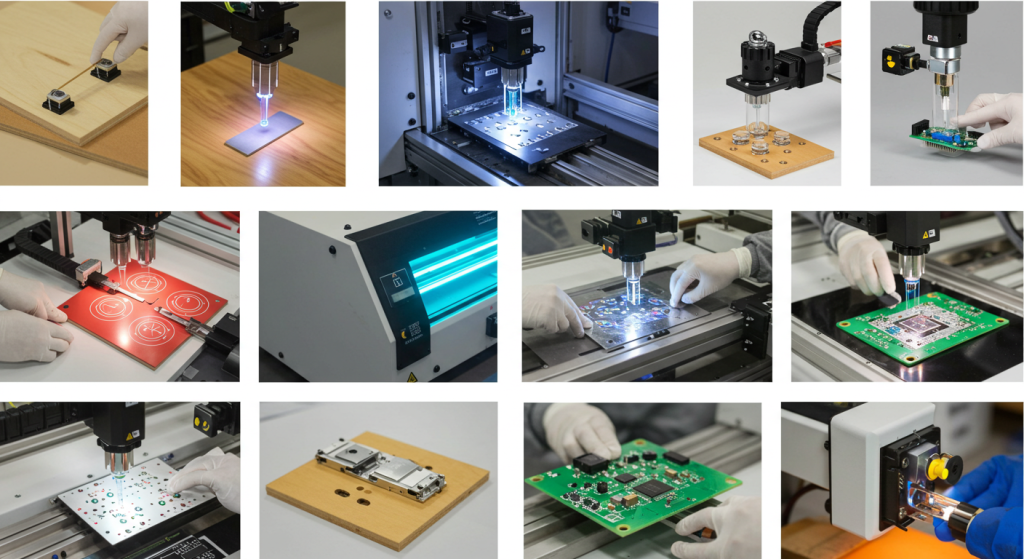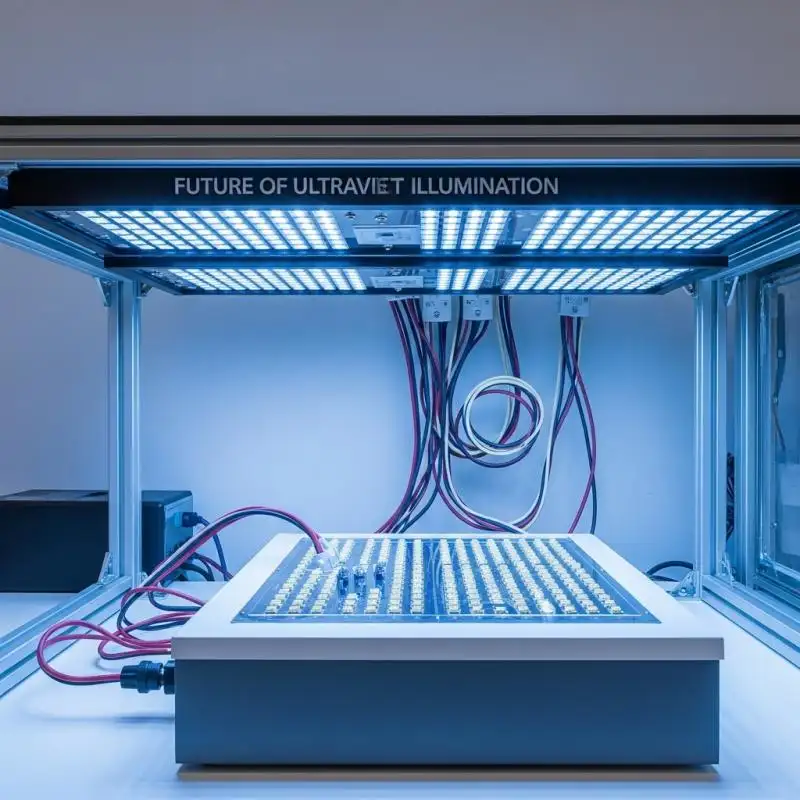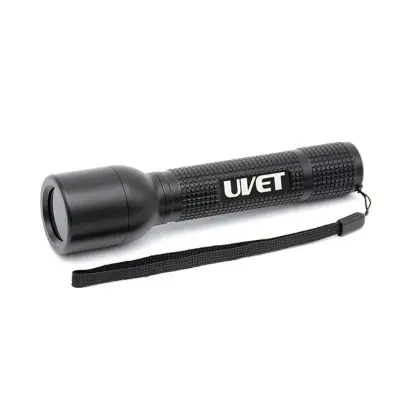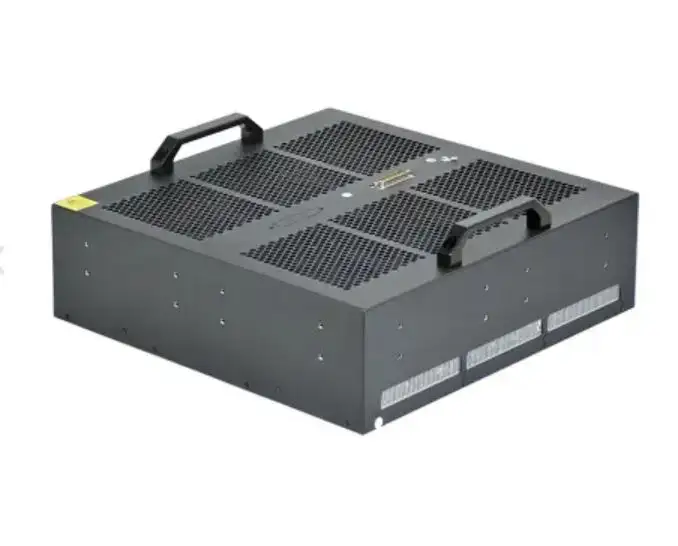What are the Applications of UV LED Area Curing? Complete Guide
What Benefits Do UV LED Area Curing Technologies Offer?
The impacts of UV LED area curing technologies are being felt across different industries, and for good reason. Compared to older systems, the UV LED curing system improves the quality of printing, coating, adhesives, and even electronics while being less energy-demanding. What are the applications of UV LED area curing? Let us focus on the UV area curing technology applications and how they are shaping industrial advancement across the regions.
Researching UV LED Area Curing Technologies
As the term suggests, UV LED area curing technology uses UV light-emitting diodes (LEDs) to illuminate a predetermined cross-section of material. Unlike the older mercury lamp systems, UV LED systems have a narrowband output window between 365nm and 405nm. This causes low thermal and rapid curing of radiation-sensitive materials, like inks, adhesives, and coatings.
Key Advantages:
• Ultra-fast reaction times
• Longer than 20,000 hours, lifespan
• Heat emission is lower
• Reduced energy consumption for the curing process
• Zero emissions of ozone and mercury
Core Applications of UV LED Area Curing Technologies
1. The Printing Industry
The application of UV LED area curing systems has positively impacted the printing industry.
Advancements have been made in the efficiency and quality of printing across multiple substrates due to these systems.
Applications:
• Inkjet Printing with UV LEDs: Producing high-resolution images on paper, plastic, and metal materials.
• UV LED Flexo Printing: This method is widely used in labeling and packaging printing.
• UV LED Offset Printing: Commercial and web offset presses are primary users.
• UV LED Screen Printing: Dominant technology in marking textiles and in industrial sign making as well as other textile industrial applications.
Key Benefits:
• Reduced operational downtimes
• Reduced expenditure on energy
• Enhanced Substrate Compatibility
2. Coatings and Adhesives
Area-curing UV LEDs offer immediate and reliable methods for industrial and commercial applications involving the curing of coatings and adhesives.
Curing Applications:
• Coating curing for wood, plastic, and glass using UV LEDs.
• Protective coatings for electronic and automotive components with UV LEDs.
• Fiber optic coating in the cable manufacturing industry with UV LEDs.
• Structural adhesives in product assembly with UV LEDs.
Key Benefits:
• Thorough surface curing.
• For substrates sensitive to heat, these provide noteworthy performance.
• Outstanding chemical resistance.

3. Electronics and Manufacturing
The precision and dependability offered by UV LED curing in the fields of microelectronics and photonics is unmatched.
Applications:
• Photolithography with UV light is applied in the semiconductor manufacturing processes.
• Curing of sensors and PCBs.
• Assembly of Smartphones, wearables, and displays, UV LEDs.
Advantages:
• Enhanced dependability.
• Minimally invasive electronic and thermal damage.
• Compact and modular systems.
4. Medical and Dental
Machining and dental prostheses fabrication can be tackled using the UV LED region due to the UV light’s sterilization properties.
Uses:
• Housing for catheters and tubing.
• Bonding agents like dental sealants are cured using UV LEDs.
Advantages:
• Precision and control during the curing process.
• Reduced risk for personnel exposure.
5. Aerospace and Automotive
Automotive and aerospace industries need fast-curing products with long-lasting protective coatings.
Uses:
• Automotive Coatings for car parts and accessories.
• Structural bonding of lightweight structures.
Advantages:
• Maintained exceptional finish quality.
• Increased production spend rate.
• Decreased emissions of VOCs.
Specialty and Emerging Applications
6. 3D Printing
In 3D printing, specifically resin-based, the layer-solidification process utilizes UV LEDs for curing.
Applications:
• SLA (stereolithography) and DLP (digital light processing) technologies
Benefits:
• Precision and finesse in detail
• Engineered properties of materials are possible
7. Sector of Packaging
In the packaging sector, rapid and consistent curing of inks and adhesives is critical for efficiency and speed.
Applications:
• UV LED flexible packaging curing.
• UV LED food-safe coatings.
Benefits:
• Increased productivity.
• No thermal damage to coated films and foils.
Improvements in Production Processes Using UV Area Curing Technology
UV area curing technology not only enhances existing applications but also broadens them. The following benefits highlight the need for adopting UV LED Area Curing Systems for industrial use:
• High-output productivity.
• Suitable for low-temperature tolerant materials.
• Decreased cost of operations.
• Reduced environmental impact.
• Improved consistency of products owing to uniform curing profiles throughout construction.
• Customized formulations concerning curing tailored to requirements.
UV LED Area Curing System – Highly Accurate, Multi-Purpose, and Cost-Effective
The primary advantage of the UV LED Area Curing System is that it achieves speed and uniformity of precision over a wide area at the same time. It is useful in the industrial, electronics, and medical fields because it provides repeatable precision and outcomes with customizable wavelengths of 365nm, 385nm, 395nm, or 405nm. Strong UV output is essential for applications such as coating and adhesives, fiber optics, to electronics assembly.
Features
Broad Applicability to Various Industries – Electronics and medical devices are examples of many diverse fields that are supported.
Uniform Illumination – Broad area uniform UV intensity enhances consistency in production yield.
Reduced Heat Emission – Less damaging thermally to heat-sensitive substrates.
Modular Design – Integrates easily into automated systems and production lines.
What Makes This UV LED Area Curing System Unique?
Spans Extensive Areas – Designed for both flat and rough surfaces, as well as applications requiring uniform UV radiation over a broad region.
Selection Customization of the Spectrum – Choose between 365nm, 385nm, 395nm, or 405nm based on the initiators and materials used to maximize effectiveness.
Green Technology – Controls that enable instant power on/off improve efficiency and prolong LED life, making this system more environmentally sustainable.
Reliable Operational Dependability – With fan or water-cooled systems, the advanced cooling system offers reliable, long-term operation.
Non-Mercury and Ozone Emissions – Enhances the safety of operators and the environment.
Global Usage – In UV LED inkjet printing, Optical Lens curing, photolithography, UV adhesive bonding, and numerous other applications.
Environmental and Economic Concerns
The implementation of this technology leads to these positive outcomes:
• No hazardous mercury waste
• Reduction in emissions of greenhouse gases
• Lowered costs for servicing
• Increased safety for employees
Conclusion
The move from conventional production techniques to UV LED systems is increasing in the photonics and packaging industries due to their high cleanliness, low maintenance, and easy scalability. To achieve higher efficiencies, responsive and flexible systems are incorporating modern UV LED technologies along with their many benefits. For tailored advice and further questions, feel free to contact UVET for professional recommendations, expert guidance, and tailored suggestions.






